A Winning Formula: Key Components of Fitness for Combat Arts Success
In the demanding world of combat sports, Mixed Martial Arts (MMA), Boxing or competitive BJJ, fighters must foster and demonstrate a blend of physical traits, (strength, agility, endurance, coordination, speed, power, dexterity, and flexibility), to outperform their opponent. It is critical that combat athletes recognize that Combat Arts Strength and Conditioning achieving peak performance is not only dependent on understanding the key components of fitness but building a strong base in each of those areas.
Each component of fitness plays a pivotal role in an athlete's performance and long-term development. This article will break down the essential MMA components of fitness and provide insight into how each one can enhance your MMA prowess.
The Key to MMA Performance
It takes years, decades, or even a lifetime to develop into a formidable martial artist or combat athlete. A combat athletes' quest to become better never stops. What becoming a better “martial artist” or "combat athlete" means to you, is what’s important here.
We can’t start a Strength and Conditioning program and expect to start pulling strikes as fast as Jose Aldo, or start shooting blast double-legs take-downs like Georges St-Pierre. It all starts with understanding the components of fitness.
Agility: Quick Moves, Quicker Victories in MMA
Think of watching the masterful Floyd Mayweather Jr., effortlessly dance around the ring, light on his toes, subtle direction changes and head slips, keeping him well out of harm’s way while making his opponents look foolish. You cannot hit something that’s not there.
This is a great, elite level example of sublime martial arts agility in action. It’s no secret that the best athletes possess many beneficial traits (we’ll talk about these in the coming paragraphs). However, the importance of agility training, essentially the ability to move quickly and efficiently, cannot be understated in martial arts performance.
Competitors with high levels of agility have made their way to the top of the sport time and again. Think of the first time Lyoto Machida brought his karate style shoot-fighting into the UFC octagon. His agility was unrivaled and he literally made opponents look ridiculous, when he escaped them with his fluidity of movement.

A more recent example lies in “The Notorious” Conor McGregor, whose speed and agility has become the gold standard that modern MMA athletes seek to emulate.
Improving Combat Arts Agility
Agility training can sometimes be neglected when athletes focus instead on power or strength. However, without agility you can’t effectively take advantage of your strength. Agility, in this respect, should be seen as a prerequisite for high level performance.
Whether you want to be the elusive mastermind like Floyd Mayweather, or want to work angles and deliver powerful techniques, Conor McGregor-style…agility is fundamental to both.
Top martial artists improve agility with methods like ladders, footwork drills, hurdles and lateral sprint work. We will discuss these methods, plus ways to train the following components of fitness in our training pages section.
Coordination: Fine-Tuning Motor Skills for Combat Arts Precision
Coordination is the harmonious functioning of muscles to execute precise movements. In MMA, a high level of coordination aids in the delivery of complex striking combinations, seamless transitions between positions, and accurate defensive maneuvers. Coordination can be improved through skills practice and sport-specific drill
Think about stepping in to try a Harai Goshi, or hip throw, on an opponent. You have your right hand on their lapel and your left hand is controlling their wrist/sleeve.
All at once, you must manipulate your grips to off-balance your opponent, all while closing the distance with your feet, getting your hips close to theirs, replacing your left foot with your right foot, turning 180 degrees, and finally, rotating your torso, extending the hips and driving opponent to the mat. That all sounds pretty advanced when you break it down. There are a lot of moving parts.
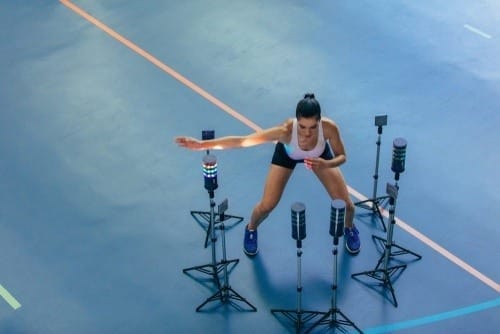
However, if you have practiced this relatively basic throw for a few years, you will likely be able to execute this move efficiently, even on a resisting partner. This is due largely to practice and repetition, but more so to effective coordination. No amount of power, speed or agility can execute a beautiful throw if the coordination to organize your limbs into position isn’t sufficient. Most people don't set out intentionally train coordination.
They pick it up, so to speak, as a result of countless reps and hours in the gym, regulating it into subconscious muscle memory.
However, athletes are catching on to the idea that intensive development of coordination is incredibly essential for athletic success.
This is evident as we see a resurgence in ‘movement’ based training systems, and even the use of not-so-typical training tools like juggling balls, or pool noodles being used to emphasize this coordination development.
Endurance: Going the Distance in Intense MMA Matches
Endurance, or cardiovascular fitness, impacts a fighter's capacity to maintain high-intensity performance throughout a match. Optimal endurance allows for sustained energy levels and efficient recovery between rounds.
You can be the best Muay Thai, BJJ, Karate, or MMA athlete in the room. However, once that gas tank hits empty, and you are faced with an opponent that shows no signs of slowing down, things can go very wrong, very quickly. Having all the skill in the world won’t save you from defeat if you’re so tired that you can’t effectively execute those moves.
Start Working Actively on Your Athleticism & Improve Yourself!
We’ve seen this play out many times in high level combat sports. The underdog, outgunned and outclassed, can survive a terrible onslaught and hang in there until our hero, the bookie’s favorite has “gassed-out,” and it’s time for the underdog to bite down on the mouth piece and bite back. No longer outgunned or out-classed because his resilience and endurance have leveled the playing field.
Muscular endurance is the ability of a muscle to exert force and overcome repeated resistance. The measurement of muscular endurance is based on the number of repetitions performed and is specific to the assessment.
The ability to perform upper-body exercises many times is separate from the ability to perform lower body or abdominal exercises many times. Muscular endurance tests include push ups, pull ups and dips for the upper body, and sit ups for the abdominals. Lower-body endurance can be assessed with squats.
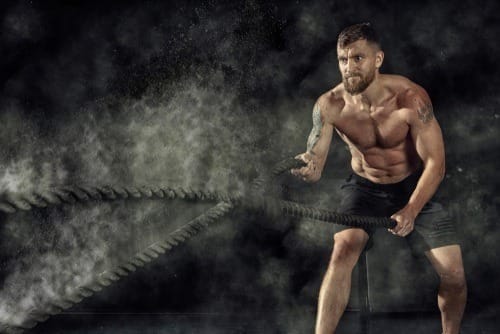
Speed: Quickening the Pace for Unmatched MMA Performance
Speed in MMA refers to both the rapid execution of techniques and swift reactive abilities. A speed advantage can mean the difference between landing a knockout punch and missing the mark.
Speed is what separates Conor McGregor, John Dodson, or Jordan Fowler from the rest of the field. John Fowler is best know as the fighter who kicked a KO in four seconds in what’s being called the fastest KO ever in the history of MMA. Speed is the ability to move quickly and cover ground at a rate far beyond what the competition is capable.
Speed is a highly sought after attribute for martial artists. Absolute speed is a highly demanding anaerobic activity. Speed is typically confined to short, fast, explosive bouts of high rate movement.
Martial artists possessing speed are dangerous opponents because they can close gaps very quickly. They can turn distance into contact in the blink of an eye. They can pounce on an exposed limb and attack submissions without warning.
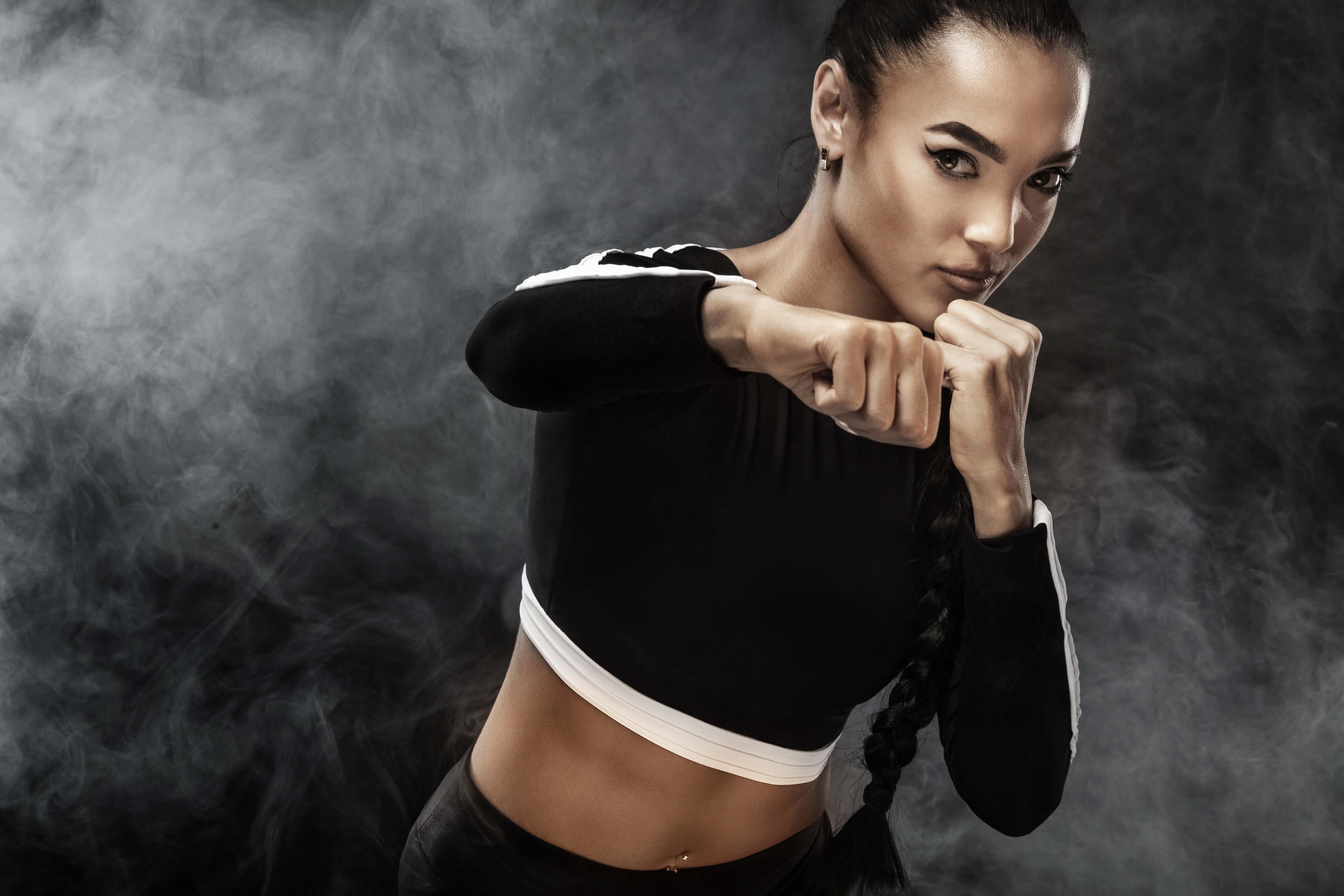
Speed for martial artists means more than just being able to run fast. On that mat, speed translates to many areas. Think of a lightning-fast boxer as he hits the heavy bag. They may be slow in a 100 meter sprint.
However, their speed skill lies in a different world. They can deliver lightening fast combinations before an opponent has time to react. This is where we must differentiate between absolute speed, and sport specific speed.
Would the MMA athlete, who wants to develop lightning-fast hands, be better served running track sprints or working on his punching technique and hand speed in the gym? Truth is both would help the athlete become quicker.
Speed training can be conducted in many ways. These include running sprints, swimming sprints, sprint repeats, high-intensity intervals, jumps, and speed work on the light and heavy bag. We’ll dive into more strategies and examples of sports-specific speed workouts in our training section.
Power: Delivering Impactful Strikes in MMA
Power in MMA is a fusion of strength and speed. It is the capacity to execute forceful movements rapidly, essential for successful striking and takedown attempts.
All of the best athletes are powerful in their respective sports. Power strikes fear into an opponent. Powerful opponents are formidable. They can change the outcome of a fight in a second. They can generate incredible force from many ranges. Powerful athletes are often unpredictable and dangerous.
Ask somebody to describe a martial artist like Francis Ngannou in one word and most likely “powerful” is the adjective they’d choose.
Power Means Physical Strength
Power means physical strength. This is a simple but true definition that rings true. On a more technical and sports’ specific note, power refers the amount of work performed per unit of time. More work in less time = more power.
Power means physical strength. This is a simple but true definition that rings true. On a more technical and sports’ specific note, power refers the amount of work performed per unit of time. More work in less time = more power.
Power is a component of skill related to fitness that’s essential to athletic endeavors. While there are always a few people who don’t exude a feeling of power but still accomplish amazing things, e.g. - Royce Gracie in the early UFC days - it’s often conceded that power is one of the most important physical attributes to develop.
If you ask a lay person what power is, they’ll likely come up with something along the lines of “Power is a combination of strength and speed.” This definition isn’t too far off.
Power is a component of skill related to fitness that’s essential to athletic endeavors. While there are always a few people who don’t exude a feeling of power but still accomplish amazing things, e.g. - Royce Gracie in the early UFC days - it’s often conceded that power is one of the most important physical attributes to develop. If you ask a lay person what power is, they’ll likely come up with something along the lines of “Power is a combination of strength and speed.” This definition isn’t too far off.
Interestingly, however, strength doesn’t always equal power. Power is unique from strength. A strong person, who can squat 350 lbs, may not be able to jump more than two feet from the ground. Strength needs speed to become power. It’s this unique distinction that separates getting strong from getting powerful.
Strength: Building Block for Optimal Performance
Strength is a fundamental aspect of MMA fitness. It enables fighters to deliver impactful blows, successfully execute grappling maneuvers, and withstand the physical demands of a match. An effective MMA strength training program promotes muscle development and bone density, amplifying a fighter's resilience and raw power
Strength is a useful attribute. Strength has major benefits and few drawbacks. Strong people are harder to kill, live longer, and are more attractive to the opposite sex. In the animal kingdom, the alpha is often the strongest and hardest to kill. There is an innate, evolutionary reason that we’re drawn to strength. Strong people, put simply, can get stuff done.
Strength is defined as the ability to exert force on an object. People are drawn to strength training because it has many benefits and is easy to track for progress. Very common strength measures are the bench press, squat, deadlift and overhead press.
Strength Training "Big Four"
The “big four” as they are called amongst powerlifting circles. These lifts are the ‘gold standard’ of strength. Getting respectable numbers in these lifts correlates to being identified as a strong human.
However, you can still get incredibly strong by strength training through other methods. People who have mastered body weight exercises and unconventional tools such as kettlebells and sandbags can get savagely strong without ever stepping foot in a gym.
People who have mastered body weight exercises and unconventional tools such as kettlebells and sandbags can get savagely strong without ever stepping foot in a gym.
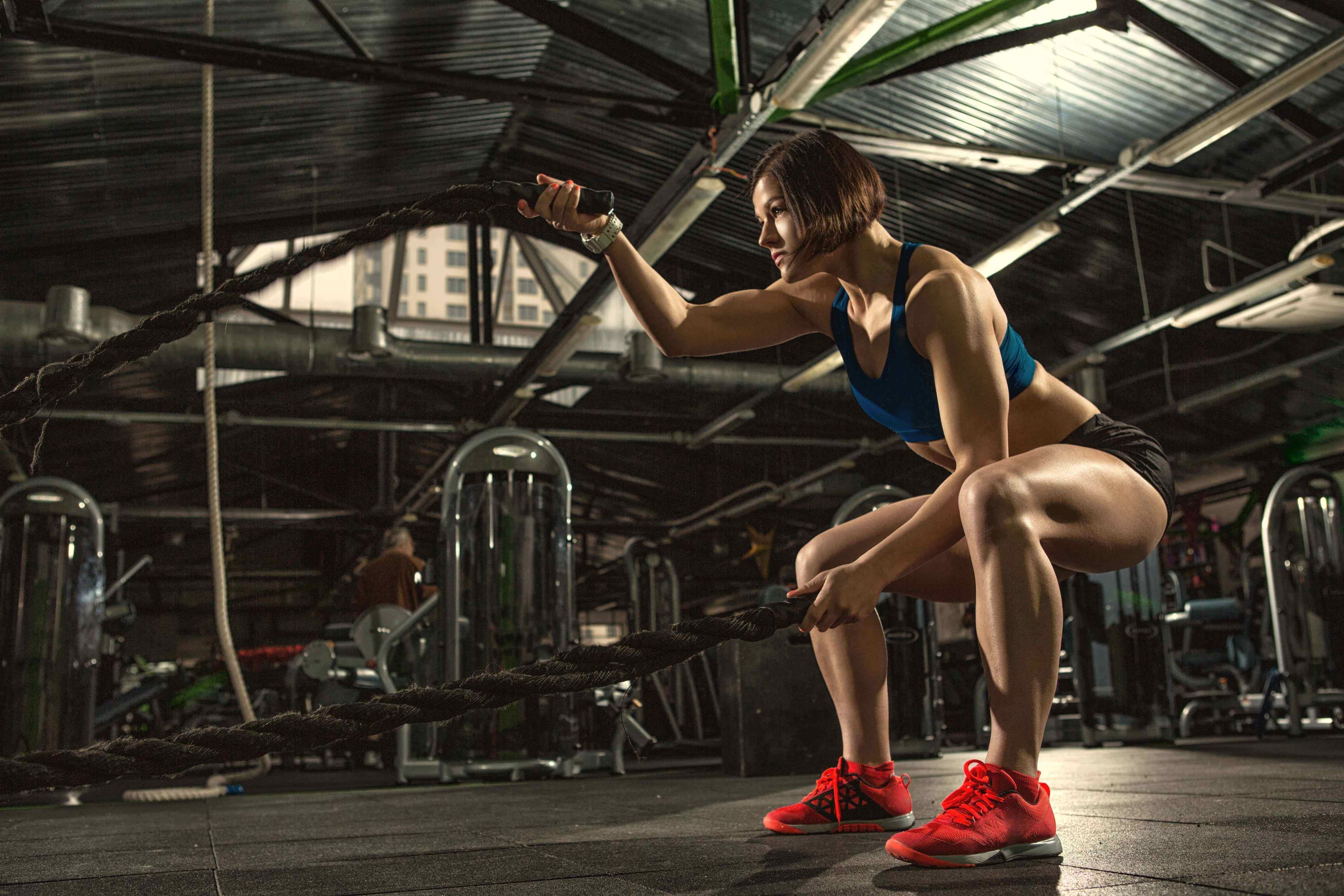
Strength is often referred to as relative strength. This is based on a ratio of weight lifted in comparison to body weight. Common sense tells us that a 250 lb man should be able to lift more than a 150 lb man.
However, if two people lift the same amount of weight, the person who weighs less has greater relative strength. Relative strength is a highly desirable trait, especially in martial arts, where weight classes come into play.
To be the strongest version of yourself while remaining as light as possible has many positive benefits for a martial artist. Excess muscle mass has a very high oxygen demand. Carrying excess muscle mass can decrease the ability to perform at high intensity over long time periods.
Become a More Powerful Martial Artist! Become a Force to be Reckoned With!
Flexibility: Ensuring Full Range of Motion for Combat Arts Excellence
Flexibility is a key component of fitness that allows MMA fighters to perform a wide range of movements, contributing to better striking, grappling, and defensive abilities.
We all know that one person who is oddly flexible. Maybe you have a training partner at the gym who has all sorts of unpredictable positions available because of extreme flexibility.
Flexibility, when used well, can be a massively beneficial ability. Think about having the flexibility to effortlessly execute a beautiful head kick in Muay Thai. The abductors, hamstrings, calf, spine and hip musculature all require a good level of flexibility to execute this skill. Failure to have this prerequisite level of flexibility will result in a person who can’t execute a high kick, and therefore, will have less fighting tools at their disposal.
In martial arts, more tools give you more options. More options increase your chance of winning. Flexibility is no different and should not be over looked, yet it often is.
Flexibility is a Competitive Advantage
Another competitive advantage to being flexible is that your risk of injury is vastly reduced. Injuries in martial arts most commonly occur from falling.
Picture getting double-legged above your opponent’s head and dropping onto your outstretched hand. Right after direct falling injuries come muscle and joint strains.
Pulled muscles, tweaked ligaments, ruptured tendons, and ‘blown’ knees can be devastating injuries, both potentially career-ending and can be life-changing.
They can keep a martial artist off the mat for a very long time, sometimes requiring a surgical procedure to fix the damage.
Another competitive advantage to being flexible is that your risk of injury is vastly reduced. Injuries in martial arts most commonly occur from falling. Picture getting double-legged above your opponent’s head and dropping onto your outstretched hand. Right after direct falling injuries come muscle and joint strains. Pulled muscles, tweaked ligaments, ruptured tendons, and ‘blown’ knees can be devastating injuries, both potentially career-ending and can be life-changing.
While it’s true that you run the risk of getting injured every time you step into the gym, being flexible is a sure fire way to lower that risk and keep you on the mats for the long-haul.
However, there’s a trade off with flexibility. Being hyper-flexible can also increase the risk of injury in certain ways. This is where the discussion on flexibility expands into mobility.
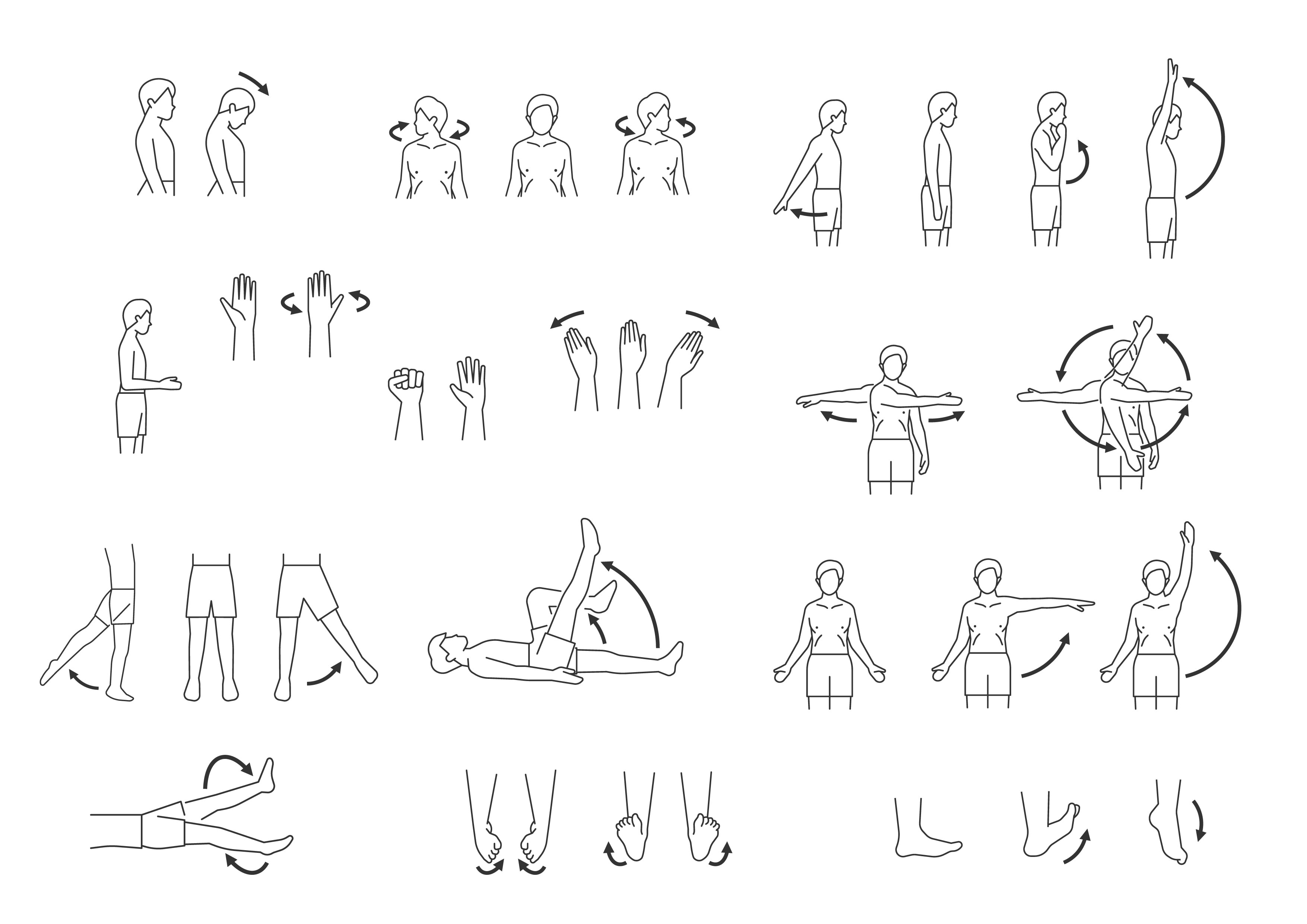
Mobility differs from flexibility, in that mobility describes the amount of usable and controlled range of motion from a particular body part. This is different from flexibility, which simply refers to how much your soft tissue (muscle) can stretch.
Flexibility is an aspect of mobility, but flexibility without mobility, i.e. the control of your range, can be dangerous.
It will allow you to get into positions that you don’t have the strength to control. It’s this understanding of mobility that has been making huge waves in the martial arts world with practices such as FRC (Functional Range Control) becoming increasingly popular with high-level MMA/BJJ and combat sports athletes.
FRC roots are in combat arts, the founder of FRC, Dr. Adreo A. Spina, is an accomplished BJJ practitioner. FRC is being utilized by high level fighters. Joana Jedrzejczyk physical preparations incorporated FRC before her last world championship bout in the UFC.
Dexterity: Mastering Complex Movements in MMA
Dexterity is the ability to move with grace, precision and skill when performing specific motor tasks, especially those using hands and feet.
The accomplished martial artist knows that being equally skilled on both sides, left and right, with great control over upper body limbs and lower body limbs, makes for a more powerful fighter.
Dexterity is often overlooked in many sports. A golfer would not need to perfect his swing on his bad side to be a more efficient of a golf player. Even the best soccer players in the world are one-side dominant.
Having good dexterity in martial arts, however, has a whole host of beneficial outcomes. The ability to switch sides and strike just as efficiently from a southpaw stance, being able to execute a hip throw on both sides of the body, and being able to attack submissions or pass the guard in multiple directions all give a fighter distinct advantages, including that of surprise.
MMA's New Breed
A look at the new breed of talent in MMA highlights this phenomenon. Gone are the days of athletes with one tool, a la Chuck Liddell’s booming overhand right, in favor of multi-directional, multi-angle, multi-side attacks, like the diversity in the striking modes of Jon Jones.
More skills means more options. More options give you more ways to succeed. Dexterity is often overlooked, yet can be an incredibly powerful skill that all martial artists will want to master.
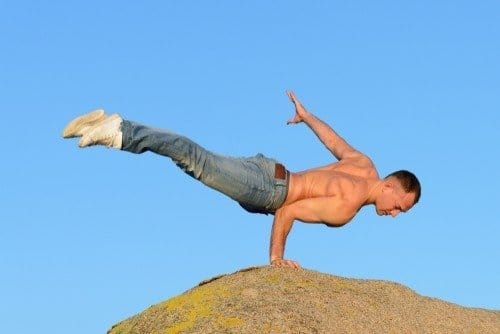
A martial artist might develop more dexterity by switching stances and sides when practicing skills. their developing favorite attacks to be effective on the ‘weak’ side, not just the dominant side gives the power of surprise. Reflex drills such as ‘flow’ sparring, or ‘Dutch drills’ in kickboxing, may be used. These put you in a ‘real life’ fighting environment, without the dire physical consequences, as your training partner will go at a low intensity, allowing you to develop timing, dexterity and reflexes sufficiently before upping the intensity.
Becoming a Balanced Fighter
There are many components that go into building a complete martial artist. The good news is that with some proper guidance and appropriate training methods, anyone can make progress in these areas that will translate to better performance on the mats. Having the components of fitness as a cornerstone, will certainly help.
Optimal combat arts performance requires a balanced blend of various fitness components. By understanding and training these elements — strength, agility, endurance, coordination, speed, power, dexterity, and flexibility — you can elevate your performance and gain an edge in the competitive world of MMA.

Frequently Asked Questions
What are the Fitness Standards for MMA?
MMA fitness standards require superior endurance, agility, speed, and strength. An MMA athlete must be capable of enduring multiple rounds, while maintaining the power to deliver high-impact strikes and effective grappling to outlast opponents.
What Fitness Components are Needed for Fighting?
The critical fitness components needed for fighting include cardiovascular endurance for sustained effort, muscular strength and power for delivering and resisting strikes, agility for quick footwork and evasive maneuvers, speed for swift strikes and reactions, and flexibility for a full range of motion and injury prevention. Balancing these components equips fighters with the physical toolkit they need for a successful performance in the ring.
Which Fitness Component is Most Important in MMA?
While every component of fitness plays a significant role in MMA, cardiovascular endurance often stands out as the most critical. This endurance enables fighters to maintain a high level of performance throughout the duration of a fight, from the first round to the last. Despite the importance of power and strength for strikes and grapples, without the stamina provided by top-notch cardiovascular fitness, a fighter's effectiveness can rapidly dwindle as a match progresses.
